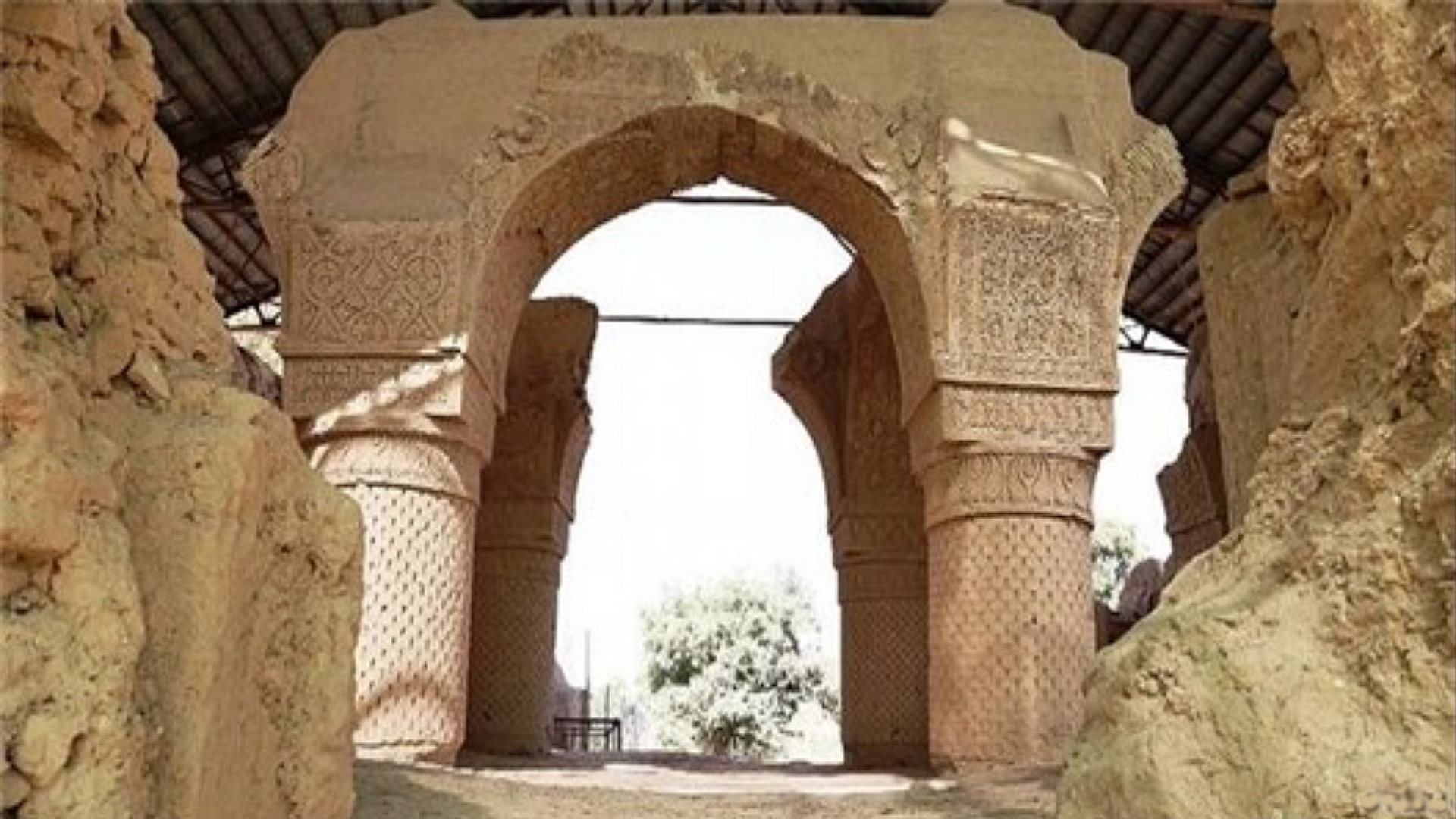Naw-Bahar Temple of Balkh

The Fire Temple or Naw-Bahar Temple of Balkh is one of the most renowned and significant religious and historical sites in the history of Afghanistan. This temple was located in the ancient city of Balkh, known as the "Mother of Cities," and has a rich history deeply rooted in the region's religious traditions.
Historical Background
Zoroastrian Era: It is widely believed that Naw-Bahar initially served as a Zoroastrian fire temple where religious rituals were conducted. Balkh was a major center for Zoroastrians and housed several fire temples.
Buddhist Era: During the spread of Buddhism in the region, the Naw-Bahar Temple became one of the most prominent Buddhist centers. The name "Naw-Bahar" is derived from the Sanskrit word Navavihara, meaning "New Monastery." This site became a cultural and religious hub for Buddhists, attracting pilgrims from various regions.
Cultural and Religious Significance
The temple was not only a place of worship but also a centre for learning, education, and religious research. Particularly during the Buddhist period, Naw-Bahar played a key role in spreading Buddhist culture and philosophy across Central Asia.
Historical texts in Arabic and Dari refer to Naw-Bahar as a sacred place. Islamic scholars like Ibn al-Nadim and Al-Biruni have also mentioned this site in their works.
Destruction and Transformation
With the advent of Islam in the region, many temples and fire sanctuaries were repurposed or destroyed. Naw-Bahar Temple was not exempt from this fate. Some sources suggest that this site was transformed into a mosque or Islamic centre during the Islamic conquests.
Legacy of Nohe-Bahar
Today, Naw-Bahar of Balkh remains a symbol of Afghanistan’s historical and cultural heritage. Although its physical remnants have either vanished or remain unidentified, it holds a special place in the historical memory of the region, serving as a reminder of the glorious cultural and religious epochs of this land.
This site is a testament to the interplay and convergence of different religions and cultures throughout the history of Balkh and Afghanistan.
- www.mizanonline.ir
-
Mohammad Omar Parwani